Get in touch to discuss your orthodontic options
Let’s talk about your smile!
Orthodontic treatments come in all shapes and sizes. Some are more severe than others, and they can come at any age! Here are some of the conditions you or your child might be experiencing. The good news, is that there are a range of treatments available for every person : )
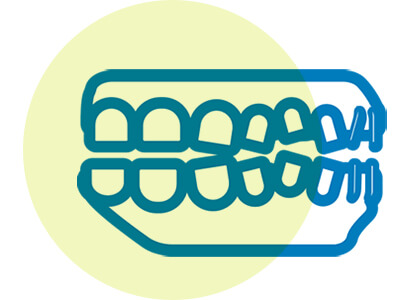
Crowding
Crowding happens when you are short of space in either the upper of lower jaw, which leads to significant problems in keeping your teeth and gums healthy, and eating comfortably.
Crowding can happen due to extra teeth, large teeth or a small jaw. This can often be part of our genetic heritage, or it can happen as a result of habits such as tongue thrust or thumb sucking.
Dr. Todres says:
“We consider far more than how to straighten your teeth; weighing up how any orthodontic treatment may affect the balance of the whole facial structure.”
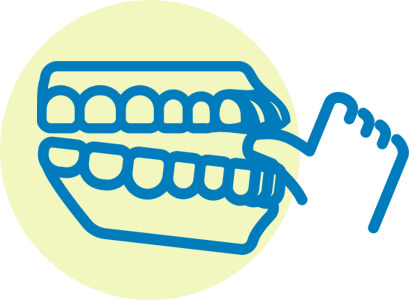
Thumb sucking
When very small children suck their thumbs, it’s usually no big deal.
However, if the habit continues past the age where adult teeth are coming through, the front teeth can be pushed forward, creating an open bite. The upper jaw may also end up narrower than it should be. If you’re concerned about your child’s thumb sucking, seeing an orthodontist when your child is between 5 and 7 years old is a good idea.
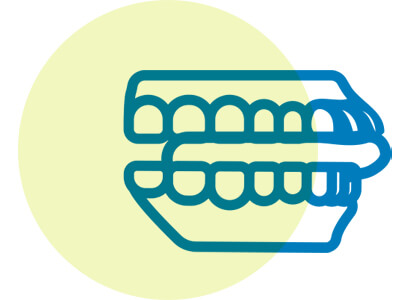
Tongue thrust
Signs that your child may have a tongue thrust (retained infant swallow) include noisy breathing, messy eating and speech problems.
As many as 20 percent of the children we see at Smileworx have an undiagnosed tongue thrust.
Every baby is born with the ability to breastfeed as a reflex action. The tongue comes forward to protect the airway and prevent the baby from breathing in milk. Unfortunately in some children this reflex persists and becomes an entrenched habit. In turn, the tongue doesn’t encourage the roof of the mouth to develop to the maximum width; eventually teeth become crowded because there’s not enough room for them to grow. It may also become difficult for the child to get the tongue back to the correct position because the jaw is now too narrow.
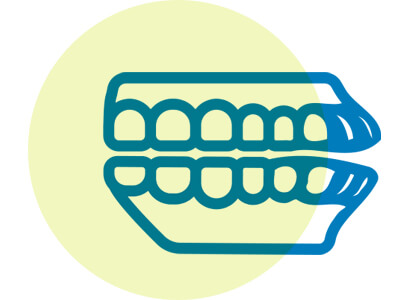
Open bite
If your upper and lower teeth don’t touch when your mouth is closed, this is called an open bite.
Open bites can be caused by thumb sucking or a tongue thrust, and they can make it difficult to eat some kinds of food. An open bite can also lead to difficulty with speaking, creating speech impediments like having a lisp.
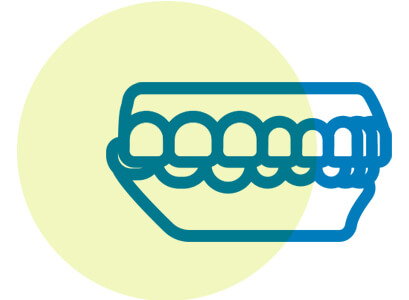
Deep bite malocclusions
In some cases, the upper front teeth extend too for out over the lower front teeth, sometimes causing the lower front teeth to bite into the roof of the mouth.
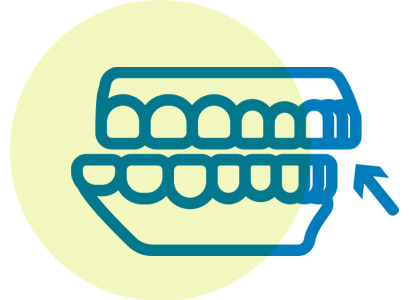
Overbite
In an overbite, the top front teeth extend past the bottom front teeth.
The appearance and function of your teeth are impacted by this type of bite.
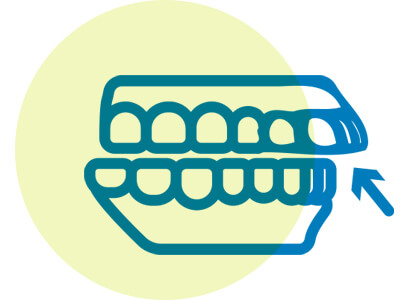
Overjet CI II
The appearance and function of your teeth are impacted by this type of bite.
This kind of bite is characterised by the upper teeth extending too far forward or the lower teeth not extending far enough forward, impacting both the function and appearance of your bite.
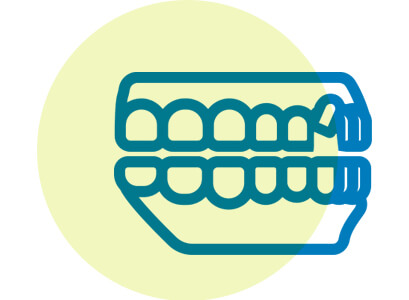
Impacted canines
The canine teeth in the upper jaw are the last to erupt and often can be short of space because all the other teeth have occupied up the available space.
In this situation the canines may get pushed backward to into the palate and may get impacted, or stuck, there. This is a complex problem requiring oral surgery to gain access to these teeth and then orthodontic treatment to redirect them into the mouth. Early intervention can help to redirect the teeth before they become stuck, which is another reason why orthodontic screening at an early age is extremely beneficial.
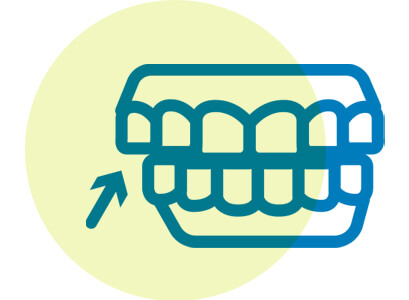
Crossbite
The crossbite can either affect the front teeth or the back molar teeth.
Patients with a crossbite will look for a position of comfort and move their jaw to the side. Once the teenage growth period is complete, the jaw will settle into this asymmetrical position, causing significant jaw joint issues and asymmetry in the face.
Dr. Daniels says:
“We consider far more than how to straighten your teeth; weighing up how any orthodontic treatment may affect the balance of the whole facial structure.”
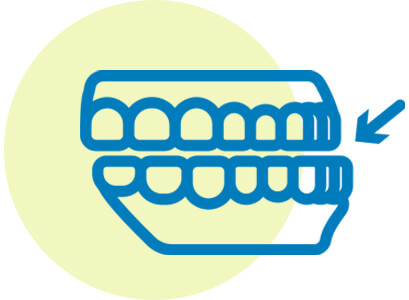
Underbite
In an underbite, the bottom jaw sticks forward.
When the bottom front teeth bite in front of the top front teeth, it limits the forward growth of the top jaw, leading to an abnormal bite. If a person goes through puberty without treatment for an underbite, they are left with a very debilitating problem that will probably require jaw surgery when facial growth is complete. To try and avoid this, we can treat children from the age of 6 or 7 with a painless treatment that changes the relationship between top and bottom jaw and will reduce the severity of the problem. It is extremely important to treat this problem at an early age with the optimal age being 6-8 years.

